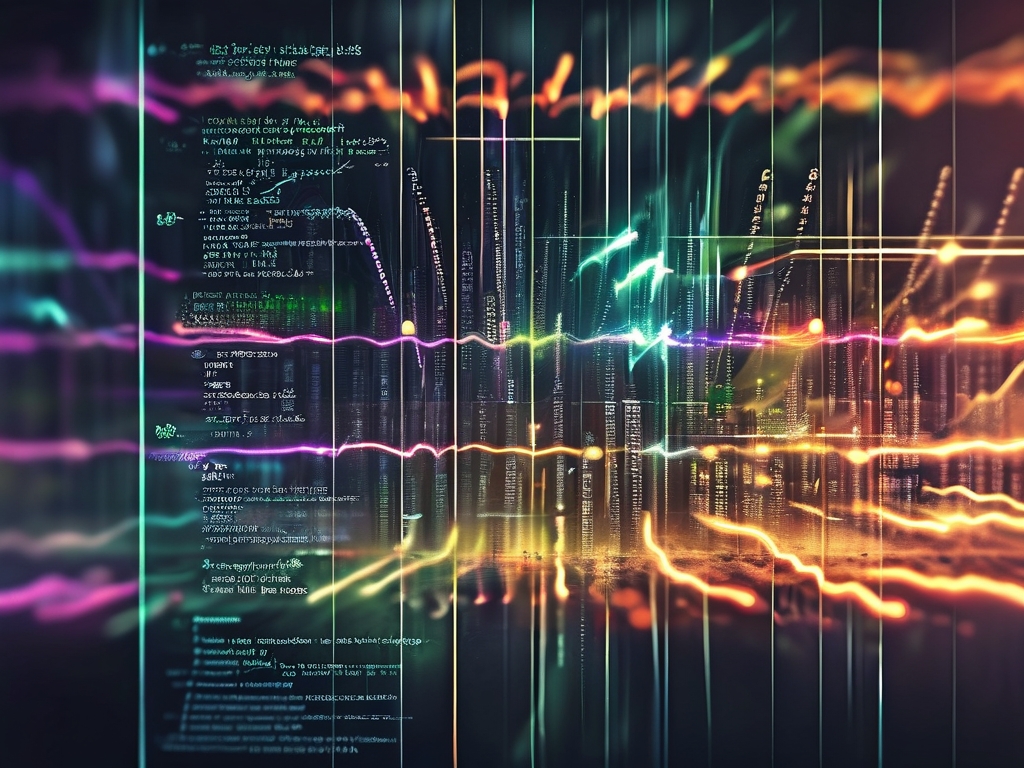Electrical control systems are fundamental to modern automation, robotics, and industrial processes. At the heart of these systems lie various control algorithms that ensure precision, stability, and adaptability. This article explores the most widely used control algorithms in electrical control systems, their working principles, and real-world applications.

1. Proportional-Integral-Derivative (PID) Control
PID control is the cornerstone of industrial automation. It adjusts system outputs based on three components:
- Proportional (P) – Responds to the current error.
- Integral (I) – Addresses accumulated past errors.
- Derivative (D) – Predicts future errors based on the rate of change.
Advantages: Simplicity, ease of tuning, and effectiveness in linear systems.
Applications: Temperature regulation, motor speed control, and process automation.
Limitations: Struggles with nonlinear systems or systems with significant delays.
2. Fuzzy Logic Control
Fuzzy logic mimics human decision-making by handling imprecise data. Instead of binary true/false values, it uses degrees of membership (e.g., "partially hot" or "slightly fast").
Key Features:
- Rule-based inference system.
- Tolerance for noisy or incomplete data.
Applications: HVAC systems, consumer electronics (e.g., washing machines), and automotive traction control.
Challenges: Requires expert knowledge to design rule sets.
3. Adaptive Control
Adaptive controllers dynamically adjust parameters in response to changing system conditions. Two main types exist:
- Model-Reference Adaptive Control (MRAC): Compares system behavior to a reference model.
- Self-Tuning Regulators (STR): Updates controller parameters using real-time data.
Use Cases: Aerospace systems (e.g., drone stabilization), robotics, and renewable energy systems with fluctuating inputs.
4. Model Predictive Control (MPC)
MPC uses a dynamic model to predict future system behavior and optimize control actions over a finite horizon.
Strengths:
- Handles multi-variable systems.
- Explicitly accounts for constraints (e.g., actuator limits).
Applications: Chemical process control, autonomous vehicle path planning, and power grid management.
Drawbacks: Computationally intensive, requiring powerful processors.
5. Sliding Mode Control (SMC)
SMC forces systems to "slide" along a predefined surface by switching control laws rapidly. It is highly robust against disturbances and parameter variations.
Key Traits:
- Discontinuous control signals.
- Excellent disturbance rejection.
Applications: Electric motor drives, robotic manipulators, and missile guidance systems.
Limitations: May cause chattering (high-frequency oscillations) if not properly tuned.
6. Neural Network-Based Control
Artificial neural networks (ANNs) learn system dynamics from data, enabling control without explicit mathematical models.
Types:
- Feedforward Control: Compensates for disturbances.
- Feedback Control: Adapts based on system outputs.
Applications: Complex nonlinear systems like autonomous drones, speech recognition devices, and predictive maintenance.
Challenges: Requires large datasets and training time.
7. State-Space Control
State-space methods represent systems using matrices of state variables, enabling precise control of multi-input, multi-output (MIMO) systems.
Techniques:
- Pole placement for stability.
- Linear Quadratic Regulator (LQR) for optimal control.
Applications: Satellite attitude control, electric power converters, and advanced robotics.
Comparative Analysis
| Algorithm | Complexity | Robustness | Computation Load | Best For |
|---|---|---|---|---|
| PID | Low | Moderate | Low | Linear, stable systems |
| Fuzzy Logic | Medium | High | Medium | Uncertain environments |
| MPC | High | High | Very High | Constrained MIMO systems |
| SMC | Medium | Very High | Medium | Disturbance-prone systems |
Emerging Trends
- AI-Enhanced Hybrid Controllers: Combining PID with machine learning for self-optimization.
- Edge Computing Integration: Deploying MPC on edge devices for faster response.
- Quantum Control Algorithms: Experimental use in ultra-precision systems.
The choice of control algorithm depends on system complexity, environmental conditions, and performance requirements. While PID remains ubiquitous, advanced methods like MPC and neural networks are gaining traction in AI-driven industries. Engineers must weigh factors like computational resources, real-time demands, and scalability to select the optimal strategy. As technology evolves, the fusion of classical and AI-based algorithms will likely define the next generation of electrical control systems.







